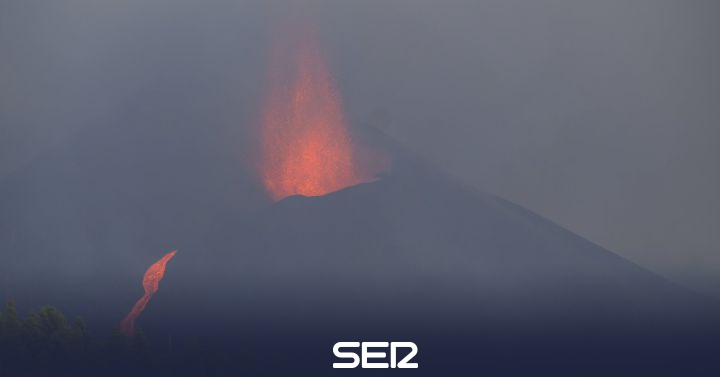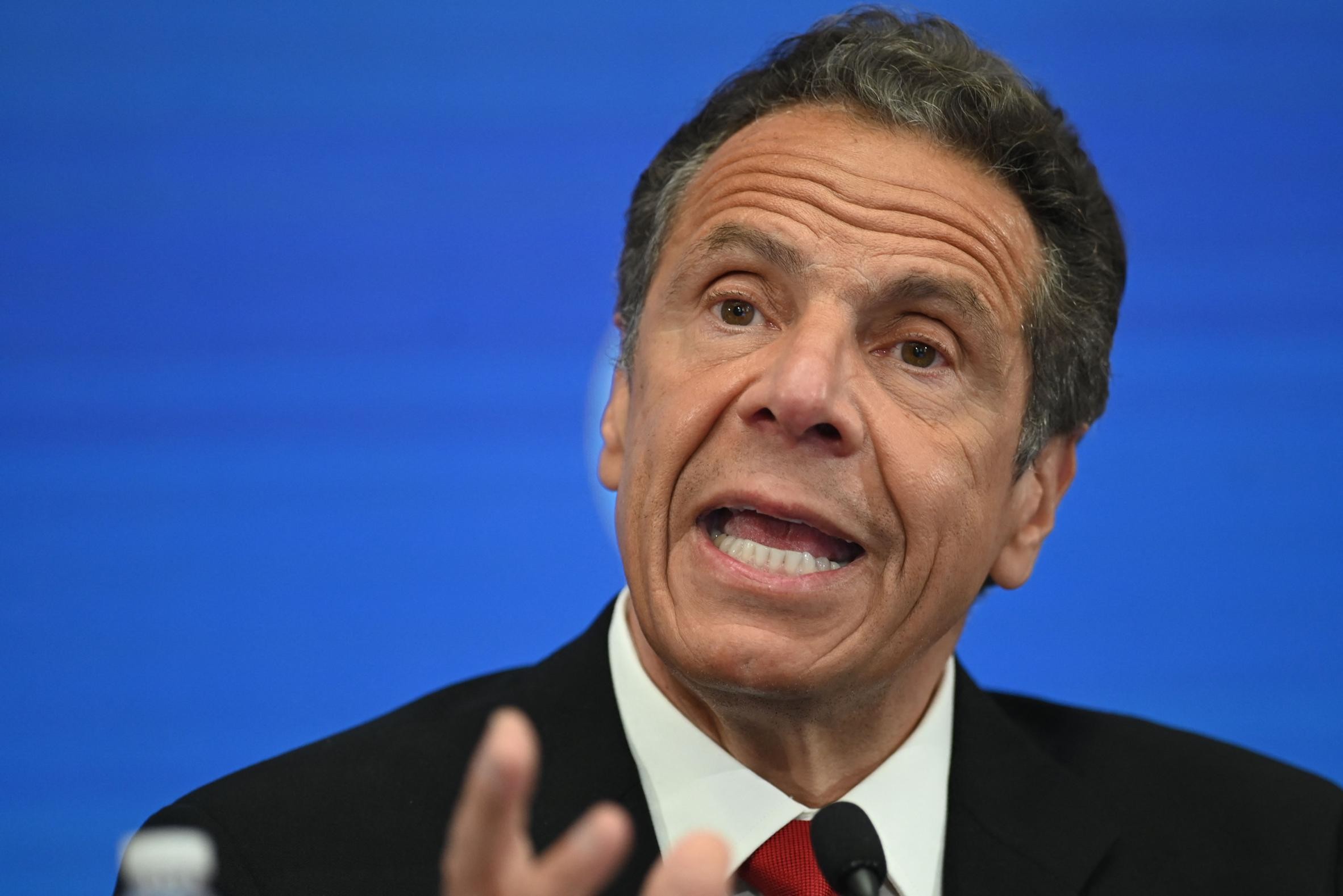The Canary Islands Volcano Institute (Involcan) has proposed this Tuesday the name of Tajogaite for the new erupting volcano on La Palma, due to the aboriginal legacy and the place where the eruptive process began.
However, Involcan has specified in its social networks that the last word on the name of the current eruption, which still has no name, corresponds to palm trees and palm trees.
Commemoration of another eruption
Involcan has made this proposal in relation to the commemoration this October 12 of the tenth anniversary of the eruption of Tagoro (2011-2012), the underwater volcano of El Hierro and one of the 17 historical eruptions in the Canary Islands.
“We are aware that for some the underwater eruption of El Hierro began on October 10, 2011, but a strong and clear discoloration of the seawater detected on October 12 was the clearest observation of the beginning of this underwater eruption as a consequence of a strong interaction between acidic volcanic gases and alkaline seawater, responsible for generating an unparalleled color palette in the sea, “he says.
One of the biggest eruptions
The Tagoro eruption (2011-2012) lasted 145 days, the second longest of the historical eruptions in the Canary Islands, and the total volume of material released by this underwater eruption amounted to 329 million cubic meters.
Some people ask volcanologists “why celebrate the anniversary of a volcanic eruption in the Canary Islands”, since many people associate volcanic activity as a source of destruction.
The construction of the Canary Islands
Involcan’s answer is very simple, he points out, and is that thanks to the existing magmatic activity in this part of the planet and the innumerable number of eruptions that have occurred in these islands over millions of years, it has been possible to build the Canary Islands.
Without this volcanic activity the Canary Islands would not have been built and therefore the archipelago society would not have existed, Involcan continues, because although it is aware that volcanic activity can be a source of destruction, especially for the communities that live in the vicinity of a eruptive process, however these time intervals are much shorter than those in which volcanic activity acts as a source of construction, contributing to the socio-economic development of the communities that inhabit volcanic territories.
17 historical eruptions
The 17 historical eruptions of the Canary Islands begin precisely with that of Tacande on La Palma (1430-1447) and continue with the one observed by Christopher Columbus in an undetermined place on Tenerife in 1492.
They continue with that of Boca Cangrejo (Tenerife) in the 16th century; Tehuya (La Palma) in 1585; Tigalate (La Palma) in 1646; San Antonio (La Palma) in 1677-1678; Siete Fuentes-Fasnia-Arafo (Tenerife) in 1704-1705; Arenas Negras (Tenerife) in 1706 and Charco (La Palma) in 1712.
The Timanfaya eruption
The tenth recorded is the longest known to date, the Timanfaya eruption in Lanzarote, which lasted from 1730 to 1736.
They are followed by Chahorra (Tenerife) in 1798; Tao-Nuevo del Fuego-Tinguatón (Lanzarote) in 1824; Chinyero (Tenerife) in 1909; San Juan (La Palma) in 1949; Teneguía (La Palma) in 1971 and Tagoro (El Hierro; underwater eruption) in 2011-2012.
The seventeenth is precisely the eruption that began on September 19 on La Palma, and for which Involcan proposes the aboriginal name of the place, Tajogaite, apparently the name that the first inhabitants of the island, the Beneahorites, used to name the mountain.
–


